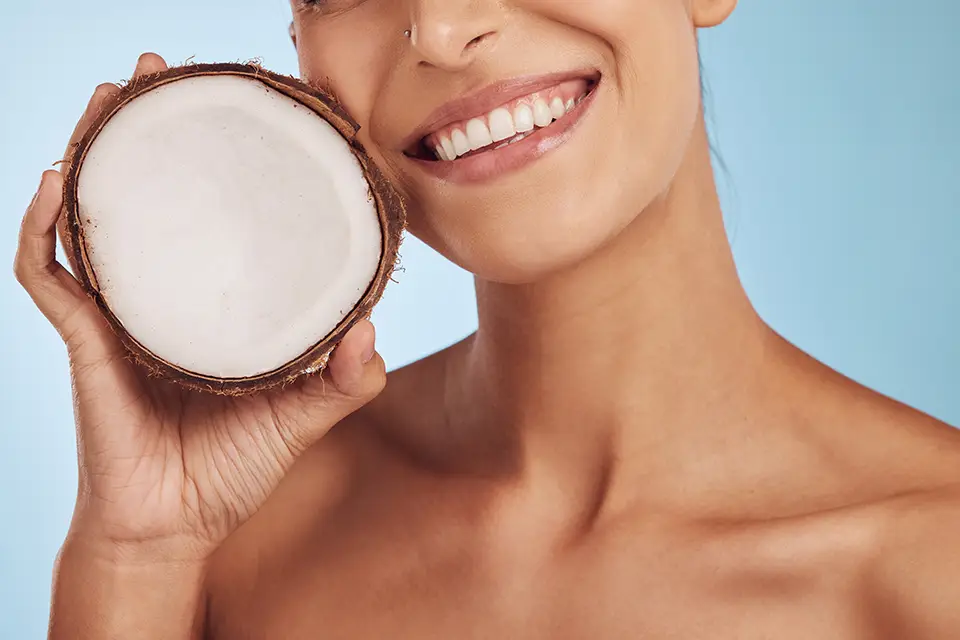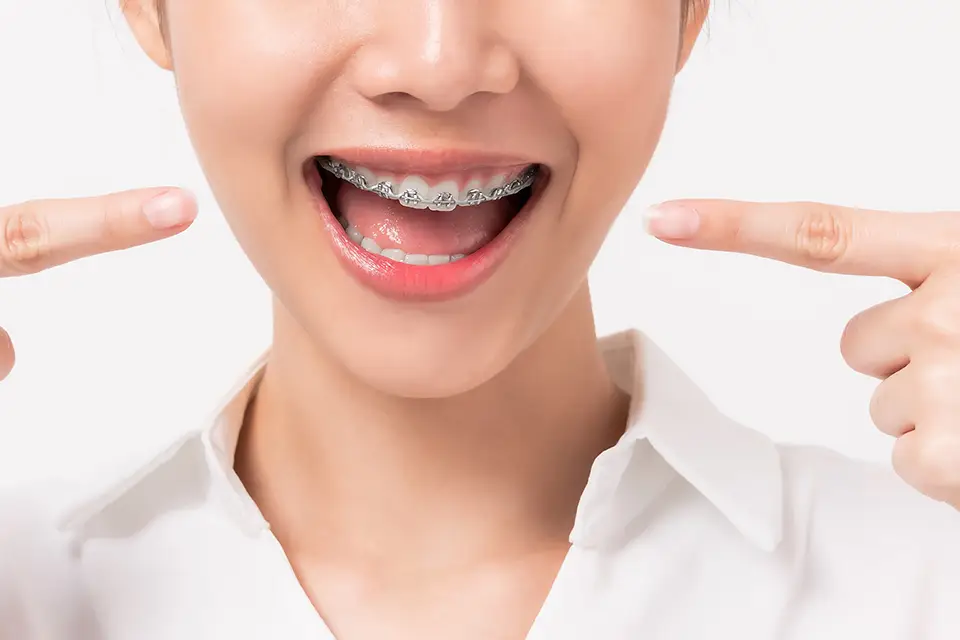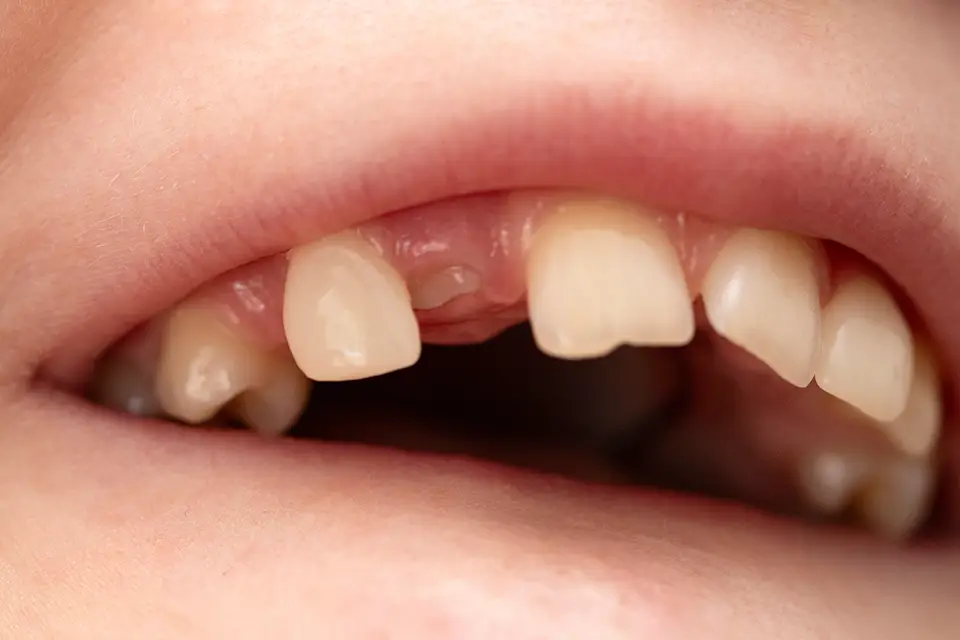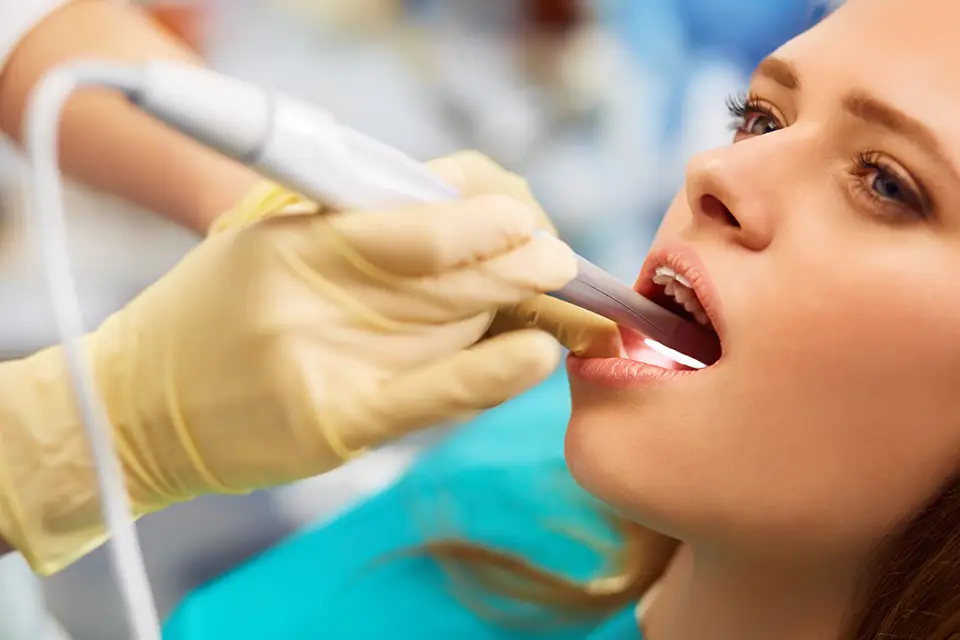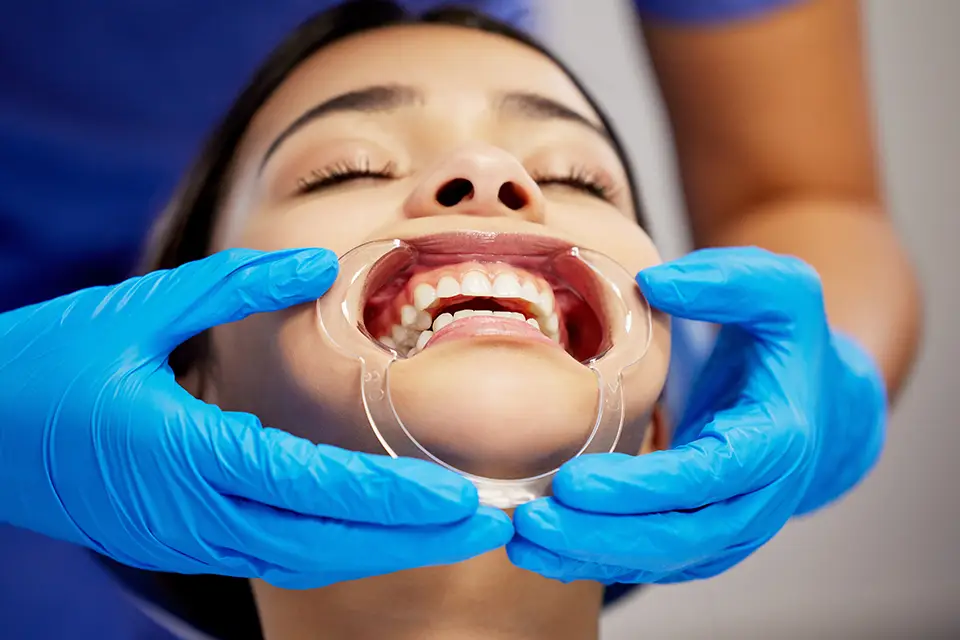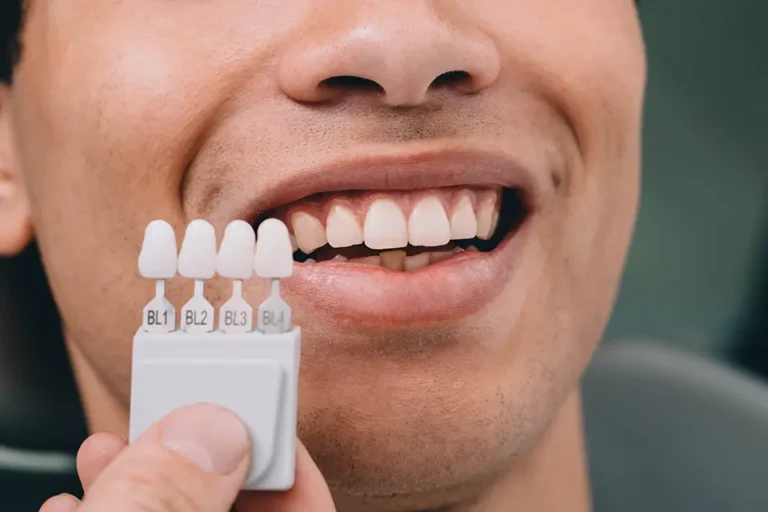From the day you first visit an orthodontist, you dream about getting your braces taken off. You just want to enjoy that straight, effortlessly healthy smile you’ve been dreaming about. But your time with your orthodontist won’t end the day you (or your child) get those braces removed. In order to make sure your teeth stay correctly aligned, you’ll need to use retainers–at least part of the time. For some, a permanent retainer is the most straightforward choice. Others prefer a removable retainer after braces. If you’re on the fence trying to decide if a permanent retainer is right for you, here’s the info you need to help make a smart decision.
Quick Overview
- Permanent retainers are a fix-it-and-forget-it option for retaining straight teeth after your braces are removed. Because they’re fixed to the back of your teeth, you won’t have to worry about misplacing them or forgetting to wear them.
- Permanent retainers are invisible, and they can last upwards of 10-20 years.
- You’ll need to clean permanent retainers diligently; the biggest drawback is that they tend to attract microbes and bacteria, and can be more fiddly to thoroughly clean.
- The cost of permanent retainer work is higher than having a removable retainer made, but they tend to last longer.
Keep reading for more details!
Permanent Retainer Basics
Permanent retainers are designed to keep your teeth from shifting after having your braces removed. A permanent retainer consists of a thin, strong wire fit to your mouth that’s affixed to the back of each tooth. They’re most commonly used on lower teeth, which tend to shift around more easily, but can be used on upper teeth as well. How long you’ll have to wear a retainer after braces depends on the orthodontic work you had done; your orthodontist will talk you through options that make the most sense for you. They’ll also talk to you about the types of permanent retainers on the market, and which style is the best fit for your mouth’s health and your comfort.
There are a couple of types of retainer after braces that you can choose from, and both have their fair share of benefits. The removable vs permanent retainers decision isn’t easy. That’s why we’ve consolidated all the info you need to weigh your options.
Types of Permanent Retainers
Permanent retainers come in two main types: fixed and bonded. Fixed retainers provide a discreet and durable solution by bonding a metal wire to the back of the teeth. Bonded retainers, on the other hand, are custom-fitted to the shape of the teeth, ensuring optimal comfort while maintaining long-term dental alignment. Moreover, your smile will remain straight as both types prevent teeth from returning to their original positions.
Why Choose a Permanent Retainer? Here Are the Benefits.
Permanent retainers take much of the guesswork and uncertainty out of the whole retainer situation–and they’re a popular choice for teens and kids in particular. Here’s why.
No Worries About Lost or Broken Retainers
With a permanent retainer attached to your (or your child’s) teeth, you won’t have to worry about a retainer gets lost or broken in the bustle of life. Permanent retainers are a popular choice for kids who’ve had braces, as well. For kids who bounce around to summer camp, sleepovers, and visits with family, removable retainers are a drag–and can seriously cramp their style.
Lost retainers can cost hundreds to replace, and they do wear out and need to be replaced in time, even if you don’t lose them. A retainer that gets lost or breaks unexpectedly can leave you in a several-hundred-dollar lurch. This means sometimes they don’t end up getting worn as directed. This leads to our next point.
Permanent Retainers Eliminate Potentially Costly Human Errors
If you’re the type of person who finds it difficult to keep a consistent daily routine (no judgment–we’ve all been there!), a removable retainer would be a recipe for accidents. Like forgetting to wear the thing. Or deciding to put it off for a day (or a week, or more), only to find that your teeth have migrated back toward their original positions. Because permanent retainers remained fixed to your teeth at all times, it’s (obviously) impossible to misplace or forget about them. They’re a solid “set it and forget it” option that you can check off your list of things to think about on a daily basis.
Permanent Retainers Are Invisible
A permanent retainer is a long-term solution to keep your smile straight and free of visible wires. Because the wire is affixed to the back of your teeth, it’s invisible to the average person having a conversation with you. You’d have to hold your mouth open and angle it toward someone to show it off.
Permanent Retainer on Top Teeth
Dentists usually use permanent retainers on lower teeth. However, they can also be applied to upper teeth if needed. This is common when the top teeth are more likely to shift. A permanent retainer on your upper teeth necessitates thorough cleaning to minimize plaque development and maintain oral health. Moreover, your orthodontist will advise you on properly caring for your upper retainer to keep it in good shape and your oral health.
What are the Cons of Permanent Retainers?
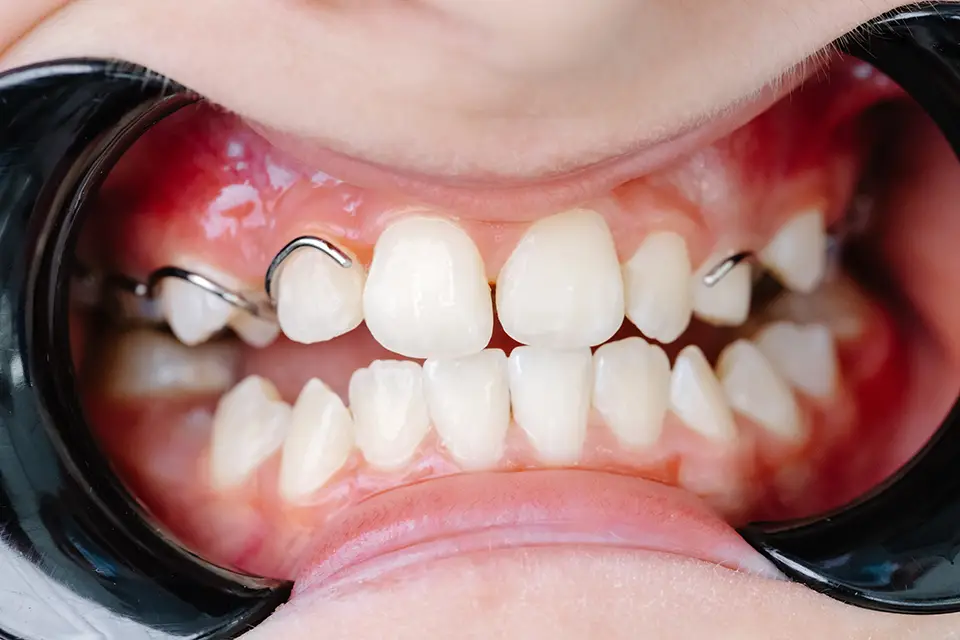
Permanent retainers have a lot to recommend them, but it’s not all sunshine and roses. Here are a few things to keep in mind:
1. Permanent Retainers Can Be a Hassle to Clean
With a permanent retainer, flossing gets a lot more complicated. So do dental cleanings. But having a dedicated dental hygiene routine on a lock is more important than ever when you’re rocking a permanent retainer because those innocuous wires (and the adhesive that holds them in place) attract bacteria and calcification.
2. Flossing Around Permanent Retainers Can Be a Pain
You’ll need to make sure you brush more thoroughly than ever, which means flossing carefully around the wires. That’s easier said than done. It’ll mean learning a bit of a new flossing technique, potentially investing in a floss threader to help pull the floss between your teeth under the retainer wire, and taking more time on your teeth each evening. You’ll also need to stay up-to-date on professional cleanings to head off cavities and other dental problems.
3. Some People Find Permanent Retainers Annoying
For some people, the wire and adhesive of permanent retainers can irritate the tongue, particularly for those who feel compelled to “fidget” with it. The drawback here is that you can’t know for sure how comfortable your permanent retainer will be until it’s on, and having it removed and replaced can be costly and time-consuming. With that said, keep in mind that removable retainers can be annoying, too–it just depends on your comfort preferences.
What Happens if a Permanent Retainer Needs to be Removed?
Although permanent retainers have a longer shelf life than removable retainers, they do need to be replaced on occasion. Over time, they can wear down or become damaged.
How to Know If Your Permanent Retainer Needs to be Removed
Only your orthodontist can tell you for sure if your retainer needs to be removed or replaced. If you’re having any of these issues, it’s probably time to make an appointment to have things checked out.
- Tooth Pain. Generalized tooth pain can mean your teeth are trying to shift back into their original position, putting uncomfortable strain on your retainer. If you have unexplained tooth pain, get it looked into asap, and your orthodontist will talk to you about possible solutions.
- Mouth Injury. If you have an injury to your teeth or mouth (or need extensive dental work done for another reason), you may need to have your retainer removed.
- Wear and Tear. Some people wear their permanent retainers for 20 years or more. For others, retainers can start to break down faster. If a retainer becomes detached from your teeth at any spot, feels damaged, bent, or “different,” it’s time to get it checked out.
Removing Permanent Retainer at Home
Removing a permanent retainer at home is not advisable because it poses a risk of causing damage to your teeth and gums. Professional removal ensures that the retainer is taken out safely without causing harm. In addition, attempting to remove it yourself might result in tooth damage, misalignment, and infection. Your orthodontist can offer a safe and effective solution if you need to remove your retainer.
What’s Involved in Removing a Permanent Retainer?
Removing a retainer isn’t a big deal for an orthodontist with the right tools at hand. They’ll be able to carefully and efficiently remove the retainer and adhesive without damaging your teeth. Don’t try to remove your retainer at home, though; you could end up causing serious dental problems if you go to work on your own mouth.
How to Fix a Broken Retainer Wire at Home
While seeing your orthodontist for repairs is advisable, temporary solutions can help. Use dental wax to cover sharp edges and prevent irritation if your retainer wire breaks. Furthermore, using orthodontic relief wax or sugar-free gum helps keep your mouth safe from cuts. Remember, these are only temporary treatments; a professional repair is necessary to ensure the retainer’s effectiveness and prevent further damage.
Permanent Retainer After Braces
Permanent retainers are essential for keeping your teeth’s new position after braces. Moreover, they guarantee the longevity of your orthodontic results by preventing your teeth from shifting back to their pre-treatment positions. Typically, patients wear retainers for several years or permanently, depending on your orthodontist’s recommendation. Additionally, regular dental check-ups are necessary to monitor the retainer’s condition and the overall health of your teeth and gums.
How Much Do Permanent Retainers Cost?
The cost of permanent retainer after braces can seem steep–especially in light of the cost of braces in Houston Texas to begin with (for the record, it’s lower than the cost of orthodontics in many other locales). But keeping your straightened teeth healthy long after your braces are off? Definitely worth it. The cost of retainer after braces will depend largely on the type of retainer you choose but expect the cost to range from $200-600. Permanent retainers tend to have a higher price tag than removable ones, simply because they have a longer life expectancy.
To find out how much your retainer will cost, your best bet is to schedule an appointment for a 100% free consultation. One of Zara’s experienced orthodontists will talk to you about your options and give you an idea of the time frame and price range your orthodontic work will entail.
How Do You Clean a Permanent Retainer?
Once you have a permanent retainer, you’ll need to establish a religious hygiene system to keep your teeth and retainer clean. Your orthodontist will teach you how to take care of permanent retainer and teeth alike, and it’s your job to keep at it consistently.
Brush Often
If you once skimped by with one tooth-brushing session a day, now’s the time to up the ante. Permanent retainers are a magnet for microbes and bacteria, and brushing more often–as often as every meal, in fact–can cut down on hygiene issues dramatically.
Re-Learn How to Floss
That fixed piece of wire across the back of your teeth will force you to change up your flossing routine. You may need to invest in a floss threader, a glorified needle threader that helps feed floss between your teeth under the wire. You’ll also need to take more time to carefully work the floss around the wires. It’s not a complicated process, but it takes longer.
Stay Up-To-Date On Professional Cleanings
When you have a permanent retainer, it’s more important than ever to schedule regular cleanings to thoroughly catch any buildup that starts to occur. Consider it part of your personal maintenance and self-care, and don’t let it slide.
Do Permanent Retainers Hurt?
Permanent retainers may cause mild discomfort while your mouth adjusts to the new appliance. This discomfort is usually temporary and should subside within a few days. Permanent, long-term retainers are discreet and comfortable. Furthermore, if you are experiencing prolonged pain or discomfort, you should see your orthodontist to check the retainer’s fitting and to address any underlying problems.
Conclusion
Thinking about visiting an orthodontist to get answers and information about your own situation? We’d love to talk to you at Zara Dental Clinic in Houston, Texas. We specialize in affordable braces and retainers for the entire family, and a first consultation is always 100% free. Whether you’re a seasoned orthodontics pro, moving to the Houston area and looking for a new orthodontist, or just wondering what’s possible, feel free to book an appointment to talk to one of our experienced orthodontists about your specific questions and concerns. We’d love to meet you!


